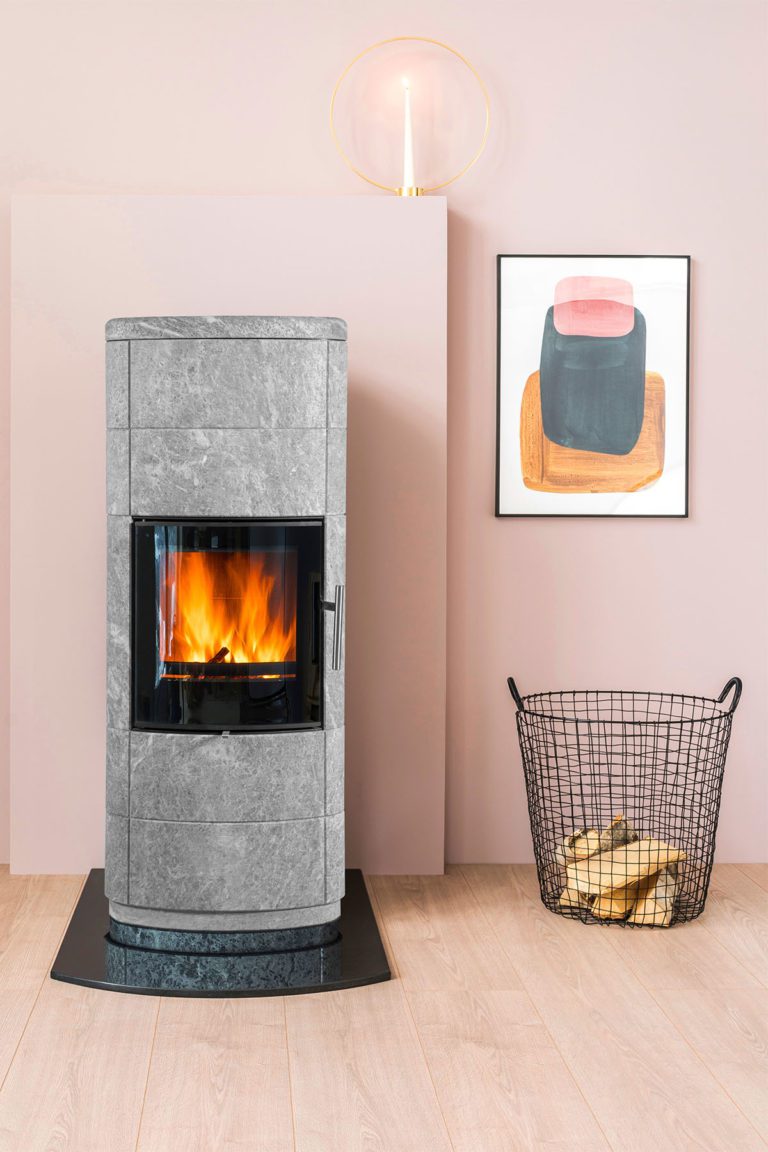I mostly love my new(ish) Green Mountain 60. But as I've been learning about the benefits of thermal mass, all while shoveling in more wood to keep my stove rocking, I'm wishing I went the route of a Masonry stove. They keep warm all day even with just an few hours burn in the morning. Repeat for warmth all night. Therefore they use way less wood if that's important to you.
I'm also seeing they aren't that expensive!? They capture way more heat to be used for warming your home. They are inherently super efficient, and I just learned this also made them exempt from EPA testing!
I'm not sure what a "kit" entails, but here's one you can buy for under $9000 that includes an oven!
I love this company's but they seem to out of business! Anyone heard of Biofire Inc.?
This guy sells plans look seem very affordable.
People here have pooped on Rocket Mass Heaters in the past which are basically the same thing. Paul Wheaton over at Permies has put great effort towards awareness of them (for a number of reasons) but he's mostly rejected. Interesting because no can disputes how awesome Masonry Heaters are, some here putting them on the highest of pedestals.
I'm also seeing they aren't that expensive!? They capture way more heat to be used for warming your home. They are inherently super efficient, and I just learned this also made them exempt from EPA testing!
I'm not sure what a "kit" entails, but here's one you can buy for under $9000 that includes an oven!
I love this company's but they seem to out of business! Anyone heard of Biofire Inc.?
This guy sells plans look seem very affordable.
People here have pooped on Rocket Mass Heaters in the past which are basically the same thing. Paul Wheaton over at Permies has put great effort towards awareness of them (for a number of reasons) but he's mostly rejected. Interesting because no can disputes how awesome Masonry Heaters are, some here putting them on the highest of pedestals.



